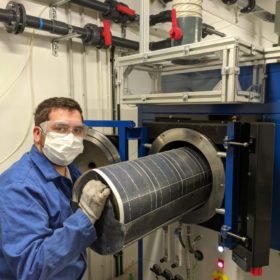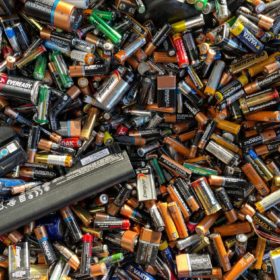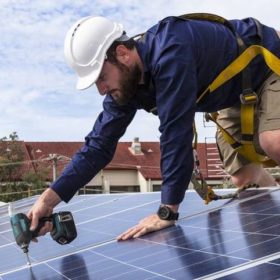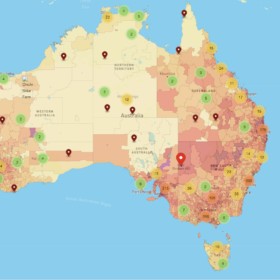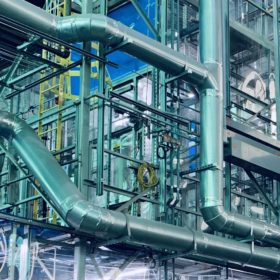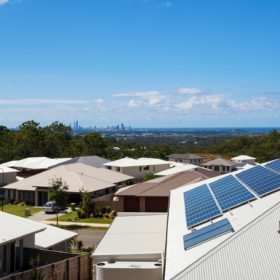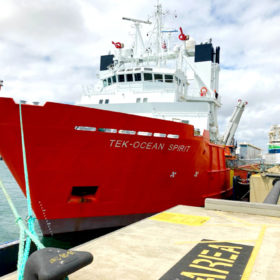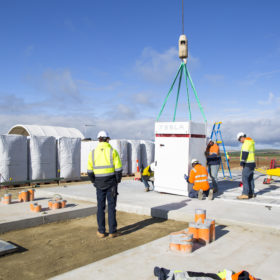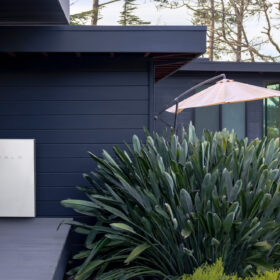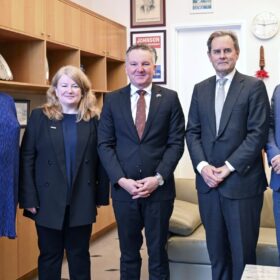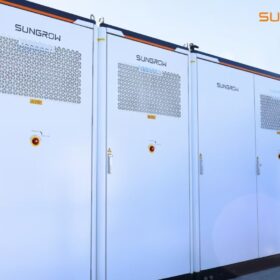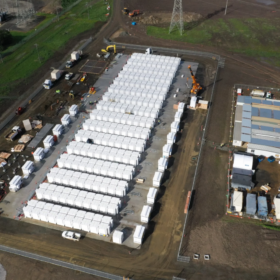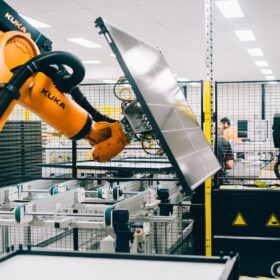New PV module recycling tech
French start-up Rosi Solar has developed an industrial solution claimed to be capable of recovering high purity silicon, silver and copper contained in end-of-life PV modules. The company’s technology is based on a pyrolysis process that makes it possible to isolate the different metals from the cells.
Australia launches its first national household battery recycling scheme
Australia’s first national battery recycling scheme, B-cycle, launched today giving Australians the opportunity to drop their spent household batteries at a collections bins in supermarkets, stores and community clubs across the country.
Program ‘switching’ concession payments for solar systems to be expanded
South Australia will extend its ‘Switch for Solar’ program in which eligible low-income residents can opt to have a solar system installed in exchange for their next ten years of government concession payments.
Lithium-ion home battery blaze in Adelaide reignites safety concerns
A fire caused by a lithium-ion home battery system in northern Adelaide over the weekend has led authorities to urge solar and battery owners to be vigilant with maintaining their systems.
Australia passes 25GW of installed pv capacity, leading world with almost 1kW per person
Australia has hit a historic milestone, reaching 25GW of installed solar. As the Australian PV Institute noted on Monday, that’s more solar per capita than anywhere else in the world.
Water-based electrolyser for green hydrogen production
U.S. company Verdagy has secured a US$25 million (AU$35 million) investment for its new electrolyser technology, which provides hydrogen fuel for heavy industrial applications. The membrane-based technology uses large active area cells, high current densities, and broad operating ranges to deliver hydrogen at scale.
New dehydrogenation process to improve hydrogen storage
The U.S. Department of Energy’s Ames Laboratory launched a new catalyst based on nitrogen and carbon to extract hydrogen from hydrogen storage materials at mild temperatures and under normal atmospheric conditions. Furthermore, South African President Cyril Ramaphosa said that the country is working on attracting new investments in electric vehicles and hydrogen and Norwegian consultancy and classification society DNV launched, together with 18 industry partners, a new Joint Industry Project (JIP) to enhance the standardisation for hydrogen production systems that use renewable energy-powered electrolysis to produce green hydrogen.
WA rolls out new rules to manage booming rooftop solar sector
Western Australia will today introduce new curtailment rules which will allow for all new and upgraded solar PV and battery energy storage installations with an inverter capacity of 5 kW or less to be remotely turned down or switched off in emergency situations.
Major marine survey launched for proposed $3.5 billion transmission project
The proposed 1.5 GW Marinus Link transmission project, which would link Tasmania and the Australian mainland via an undersea electricity interconnector, has reached another milestone with the launch of a new engineering survey which aims to identify the most suitable corridor for the cables.
Seasonal frequency in the NEM: is VRE continuing to drive it?
On 16 March 2021, the Australian Energy Market Commission (AEMC) published a draft determination rule which confirms the mandatory primary frequency response (PFR) arrangements to remain unchanged beyond the sunset date of 4 June 2023 established in March 2020. The primary frequency control band implemented under mandatory PFR is 49.985Hz -50.015Hz.
